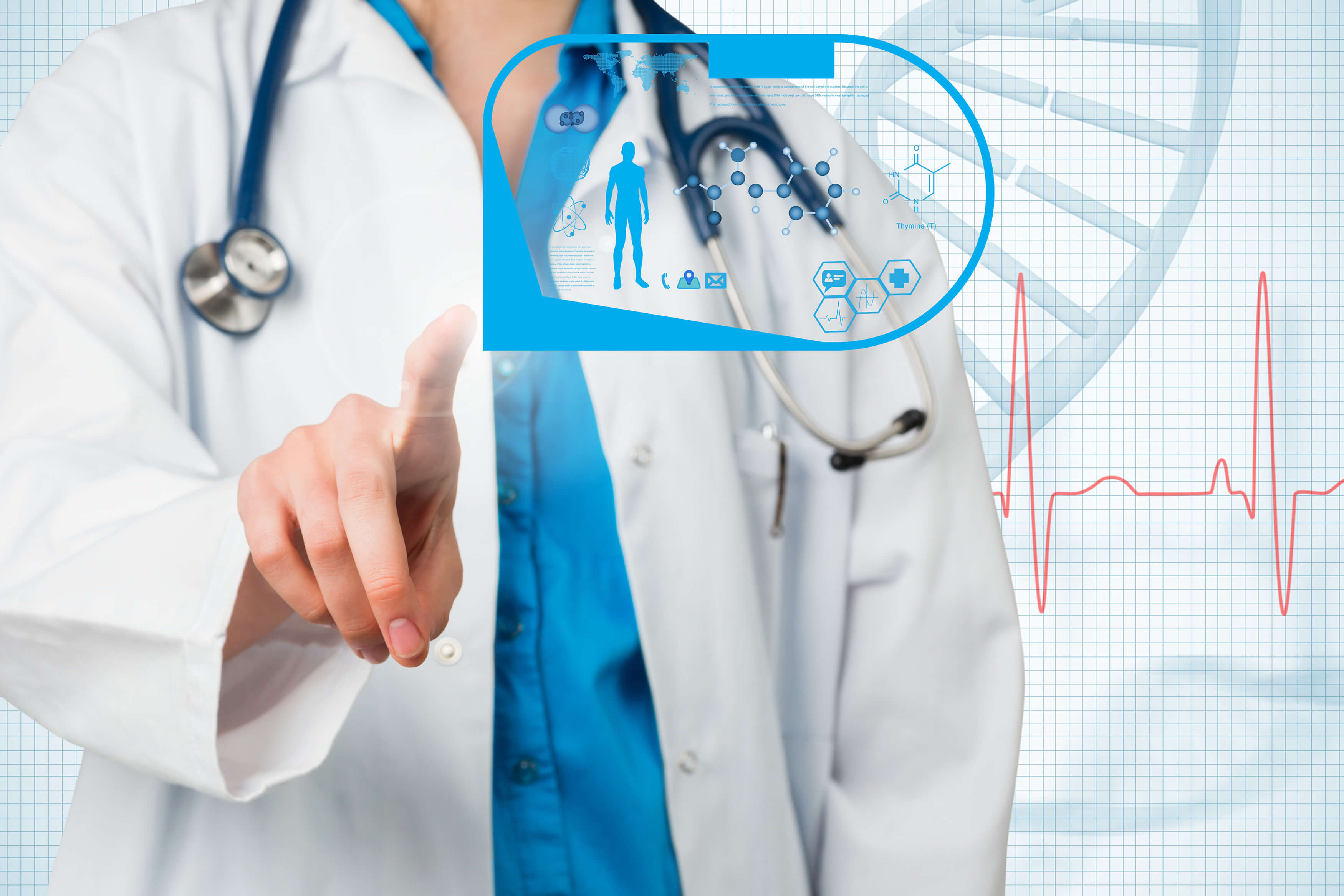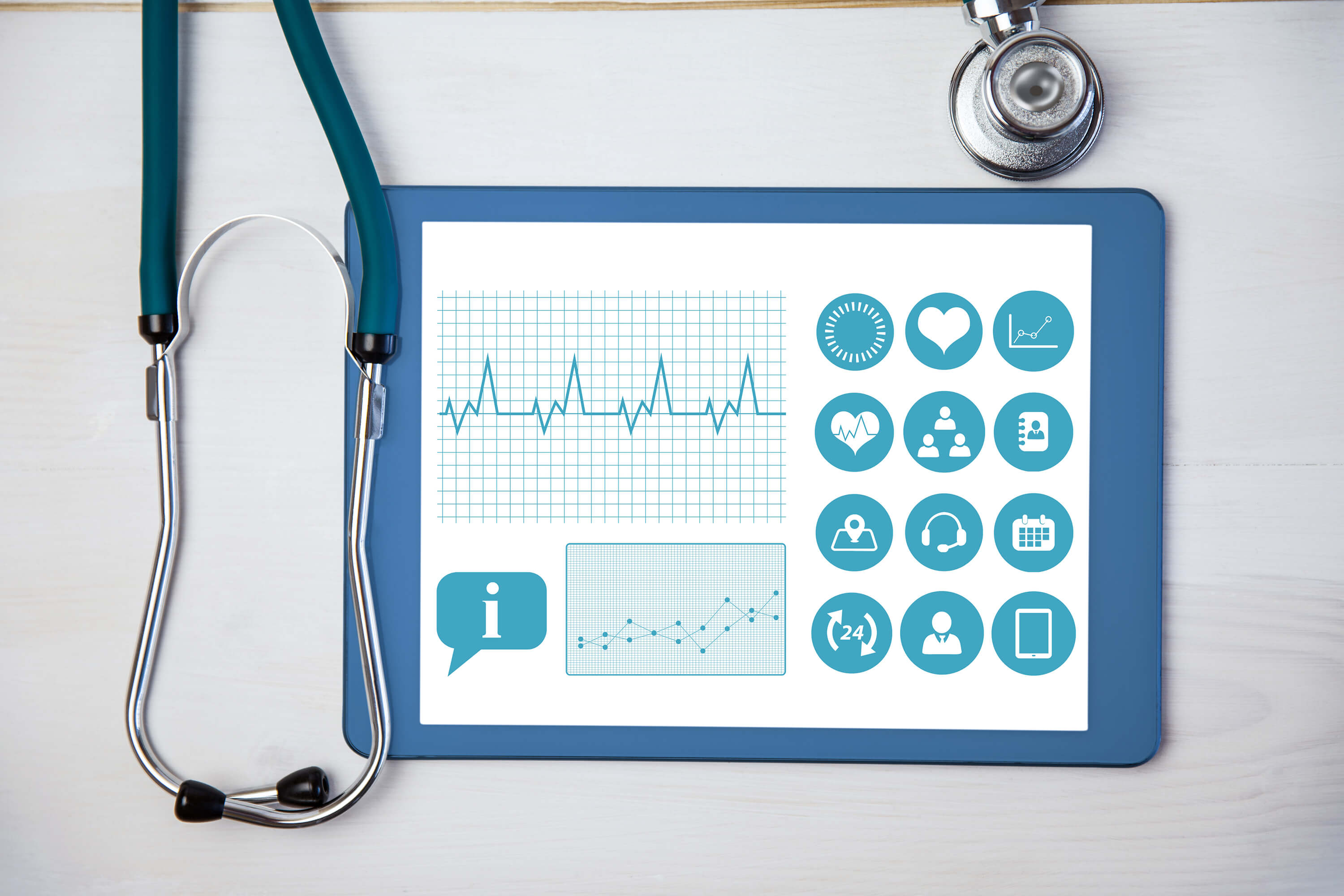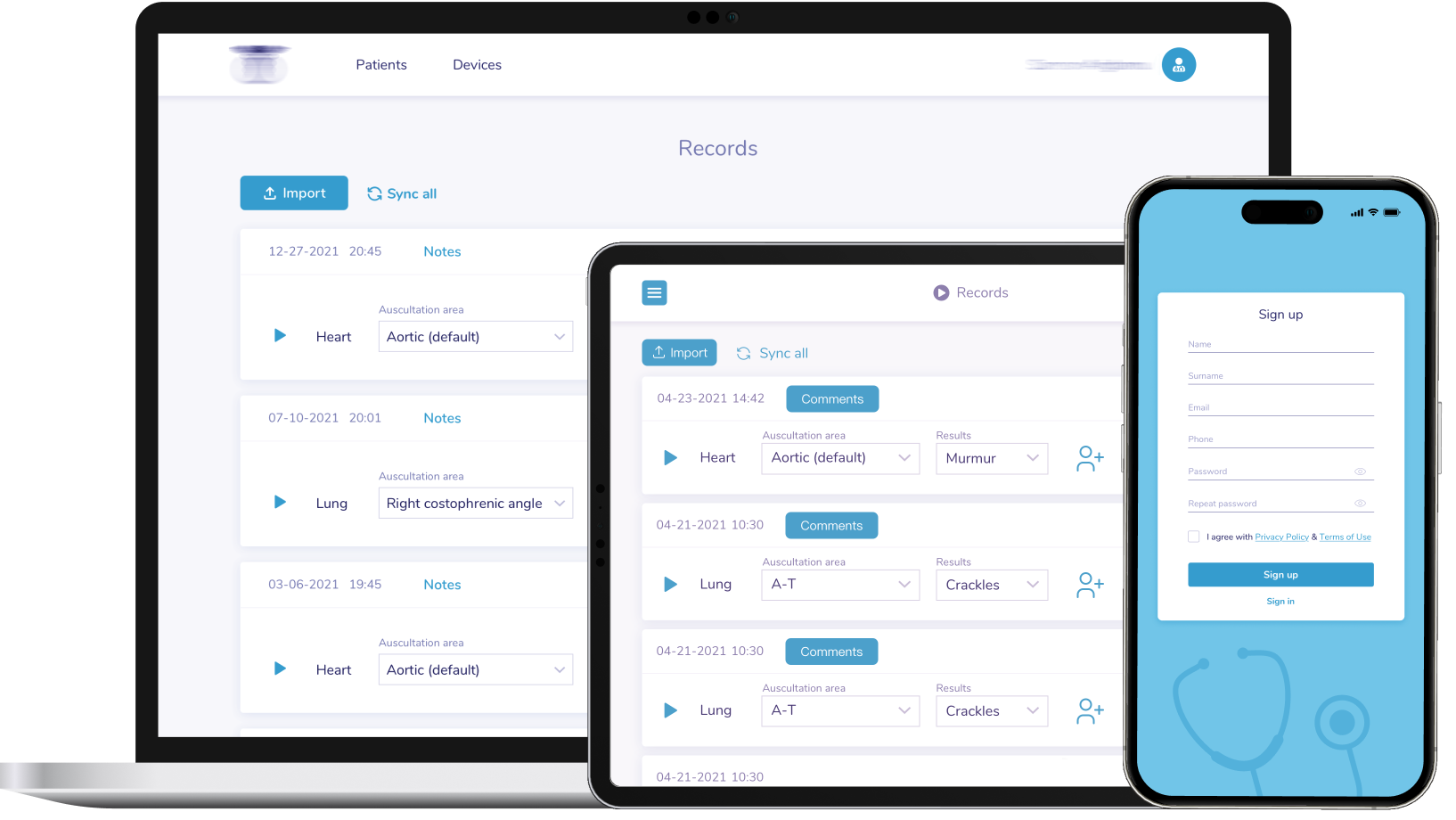Top 7 Benefits of IoT for Healthcare and Wellness
The healthcare industry has faced significant challenges in recent years. Hospitals worldwide are under pressure due to understaffing, limited space, and growing patient numbers. This shortage makes it difficult to maintain the necessary level of patient care, especially for those needing extended hospital stays. With many hospitals already at full capacity, it becomes harder to accommodate incoming patients, further straining the system.
Additionally, doctor-patient relationships are not progressing at the pace needed to improve overall satisfaction. In the UK, for example, only 29% of patients report being satisfied with their medical care, a sentiment shared by many other countries.
However, there is a solution beyond raising healthcare taxes. IoT (Internet of Things) technologies present a way to bridge gaps in the healthcare system, bringing doctors and patients closer together. According to Statista, the revenue in the UK's Healthcare IoT market is expected to reach USD 1.84 billion by 2025, with an annual growth rate of 3.85%, leading to a projected market volume of USD 2.14 billion by 2029.
How can those in the health industry stay up-to-date on trends and develop an IoT solution for healthcare? Read on to find out.

Benefits of IoT in healthcare
IoT offers dozens of applications capable of transforming the face of medicine—smart sensors, remote monitoring devices, and more. IoT innovations can detect diseases, manage pain, or even decode brain signals to communicate with the body—offering potential solutions to complex conditions like paralysis. While working the vast amounts of data from connected devices presents a challenge for healthcare professionals, IoT clearly brings transformative opportunities to the healthcare industry.
1. Automating patient care
The shortage of skilled healthcare staff is a significant issue, impacting the quality and availability of care. IoT technologies, such as autonomous robots like the TUG, help alleviate this by performing routine tasks like transporting lab results and specimens. Automating these processes reduces human error, especially during late hours when staff are fatigued, and ensures smoother patient care.
Why is this advancement among the huge benefits of the Internet of Things in healthcare? It’s no secret that most man-made medical errors happen at night due to the exhaustion of healthcare professionals. It’s good news, then, that connected technology will eventually be able to take over patient care and avoid human errors.
2. Medical access in remote areas
Sometimes the cost of just seeing a doctor can hold a sick person back. Add to this factor the lack of time due to commuting, and you'll get a fair share of people who are not getting proper healthcare simply because getting to hospitals is complicated.
With the IoT and healthcare, patients no longer have to leave their homes and put their jobs on hold or spend a ton of time just to get to the hospital. With Remote Patient Monitoring tools or a smart telehealth tool for smartphones, we’d be literally fighting spacetime. A patient can perform a routine test following instructions and send the real-time data to a professional.
The possibility of monitoring patients remotely would solve a ton of problems, such as the difficulties in treating chronic diseases in rural areas. Cutting down hospital operating costs is one of the benefits of IoT for healthcare and making the experience more convenient.
Are you looking for professional help to develop your project?
Check our Internet of Things development services to see what we can do for you
3. Efficient data storage
Until now, the medical information storage system has made quite a bit of progress. We’ve come from storing paper records to digitizing patient information and scans - including X-rays, ECGs, MRIs, etc.
However, a few inconveniences are still there. For instance, it’s hard for a patient to access their record from a different hospital (say, after moving to a new city or country). The Internet of Things for healthcare makes wirelessly transferring data in real-time easier.
This makes it so the efficiency of healthcare is enhanced for both the patients and the healthcare provider.
4. Developing preventive medicine
With the aging population, most countries' governments must be concerned about treating many elderly patients. However, it makes sense to use the benefits of the Internet of Things in healthcare to make this an easier task for the healthcare industry.
In Singapore, for instance, there’s a government-incentivized initiative that implements ways to measure the health data of elderly citizens via wearable devices in order to provide them with timely treatment. If any critical problems arise, a connected system will alert one’s doctor. All the data is stored in the cloud and is thus extremely manageable.
5. Smart drug management
Producing and distributing drugs is a major expense when it comes to the healthcare industry. A prescription can be written by a physician and sent over to the pharmacy via a connected IoT device.
The Internet of Things allows automating all steps of administering drugs, which include creating, filling, and delivering prescriptions. It will also cut the level of unprescribed drug management and decrease the fatality rate connected to the case.
6. Decreased cost of healthcare
It’s considered a fact by many that the maintenance of IoT in healthcare industry procedures would ultimately cost more than simply staffing the hospital. While that might be the case for providers hiring an in-house team to create new technology with new delivery methods (outsourcing the development of the Internet of Things and healthcare advances to third-party developers), it will actually cut development costs.
In fact, according to a new Accenture survey, IoT for wellness has already reduced hospital maintenance costs. The cost decrease is due to freeing medical staff from frequent out-of-hospital patient consultations. The hospital stays will also be reduced.
7. Tracking medical staff and improving their productivity
Every hospital on the face of the planet is looking forward to lowering its operating costs. For local treatment centers, evaluating medical staff might not be a huge issue. Analyzing the staff's performance is way more challenging for a big institution divided into several departments and providing thousands of patients with healthcare. The Internet of Things makes all these puzzle pieces fit better together. For instance, a smart IoT roadmap is helpful in automating day-to-day operations and avoiding bottlenecks.
Thanks to IoT devices, doctors and nurses from different departments can have a synchronized workflow. This will systemize a lot of daily operations (taking tests, transporting patients to procedure rooms, and conducting surgeries). A doctor on the shift will know which tests have or have not been taken by the patient. Altogether, this connectivity will cut the rate of misdiagnoses that can result from misunderstandings or lack of communication between doctors.
Hospitals are actively using wireless cameras and connected wristbands to ensure no unauthorized access to the hospital.
These advantages of IoT in healthcare can also prove useful when evaluating doctor performance. BLE (Bluetooth Low Energy) beacons can check whether the staff is in a fit working condition and control inventory.

IoT solutions in healthcare
While many IoT solutions for healthcare institutions are not yet widely used, there are already a few notable examples that can inspire healthcare professionals and motivate them to implement new technologies right here.
1. Open APS-closed-loop insulin delivery
Living with type 1 diabetes is challenging when it comes to handling day-to-day situations. Open APS (Artificial Pancreas System) uses CGM sensors to measure and adjust insulin levels. As soon as the blood glucose levels skyrocket, insulin is administered to the patient, and the blood sugar levels are normalized.
The device manufacturer acknowledges, however, that APS is not a “set and forget” type of device. While patients still need to manage their diabetes actively, the monitoring will be way easier.
2. ECG analysis via web or mobile app and IoT device

Cardiac diseases are among the leading causes of death all over the world. The majority of these deaths occur due to the lack of check-ups - people only go to the doctor when it’s too late. However, the use of IoT in healthcare industry procedures allows patients to keep their cardiac check-ups under control
Based on this idea, our team developed a portable ECG measurement device for the improved quality of preventive cardio medicine.
When one records an ECG with a portable recorder, the data transmits wirelessly to a smartphone and, from there, to a server where medical professionals can access it. Read more about the smart stethoscope case.
Cardiolyse technology will allow patients to understand the influence of daily activities on their heart rate and blood pressure. Finally, instead of treating heart disease based on average data analytics, healthcare professionals will provide patients with personalized treatment.
3. Cancer activity trackers
Cancer treatment is another area that’s actively benefiting the Internet of Things. In fact, the tech team at Memorial Sloan Kettering Cancer Center is already working on a wearable device to collect and analyze cancer patient data. As patients log their daily actions, doctors will analyze them to understand what triggers health changes.
The implications of this technology are huge and will push cancer treatment and diagnosis way forward.
4. Moodables
It’s no secret that technology can influence and improve our mood. While some of these applications are temporary (cyber drugs, for instance), others can be implemented permanently and are extremely helpful in fighting depression.
Moodables are headsets that improve one’s mood by sending low currents to the brain. Such currents would augment the feeling of positivity and help mentally unstable patients get over depression.
5. Smart Watch app for fighting depression
With depression being a global issue in all developed countries, international tech giants like Apple have chosen to step up and join the fight.
Takeda, a Japanese tech company, has teamed up with Apple to develop an Apple Watch app to help understand depression. The app is meant to share and analyze medical data from patients’ daily lives to help medical professionals make informed clinical decisions.
The app has already been tested in a clinical trial and proved to be a positive addition to understanding depression.
Conclusions
Modern healthcare systems face numerous challenges, including high operational costs, limited access to remote areas, and inefficiencies in patient care. Fortunately, modern tech, like IoT, is proving to be a powerful solution that addresses many of these issues, improving both the quality and accessibility of healthcare.
If you're looking to develop an IoT solution for healthcare, Ardas IT is here to help. Our team has extensive experience creating innovative IoT applications for healthcare and beyond, combining creative solutions with top-tier engineering.
Still in doubt about the next step?
Let's see how Ardas can help you with IoT development, and boost your team with a needed part-time or dedicated expert team.
